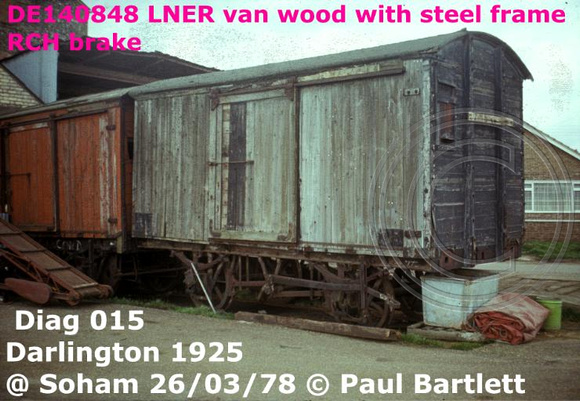PhilH
Western Thunderer
Two adverts from the 'net, dated 1963. There was also the firm of Pittsteel Ltd. operating from the same address. Maybe E.L.Pitt/Pittrail did more than just lift redundant railway lines and sell the materials, in addition carrying out some new trackwork contracts themselves. If they were not recovering enough undamaged chairs in the lifting operations to go with the rail they would obviously need to provide their own new chairs.
The Brackley yard was taken over by R.Fenwick & Co.Ltd. on 1st March 1965, so it was actually Fenwicks who arranged the loan of WD883 to Hams Hall.
There's an account of this movement on the website derbysulzers.com, and apparently the move took place under its own power over BR on February 16/17th 1966. The Buckingham to Banbury line, which had closed to all traffic in December 1963, was reopened temporarily and the loco ran from Brackley to Verney Junction, then on to Bletchley where it stayed overnight. The following day it travelled via Nuneaton - Stockingford - Whitacre Junction & Coleshill to reach Hams Hall.




 ).
).


 ) when I was possibly less concerned with the details of how things actually worked, but from what I vaguely recall was the only item of rolling stock on a then derelict site. The quarry itself was closed in the early 1950s, although part of the plant remained in use until 1960, and its the location of the infamous 'blue lagoon', very picturesque to look at but fatal if you dip your toe in it (slight exaggeration !). Apparently the local council periodically put black dye in it to deter any would be swimmers.
) when I was possibly less concerned with the details of how things actually worked, but from what I vaguely recall was the only item of rolling stock on a then derelict site. The quarry itself was closed in the early 1950s, although part of the plant remained in use until 1960, and its the location of the infamous 'blue lagoon', very picturesque to look at but fatal if you dip your toe in it (slight exaggeration !). Apparently the local council periodically put black dye in it to deter any would be swimmers.





































